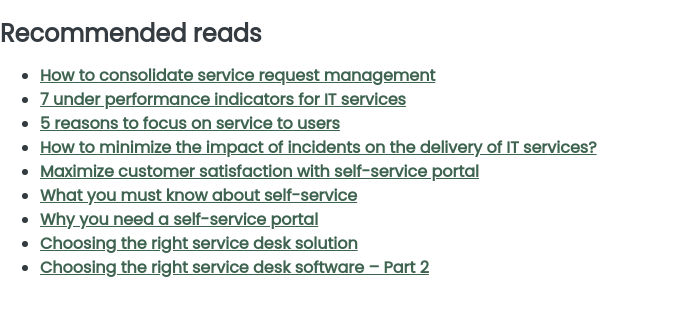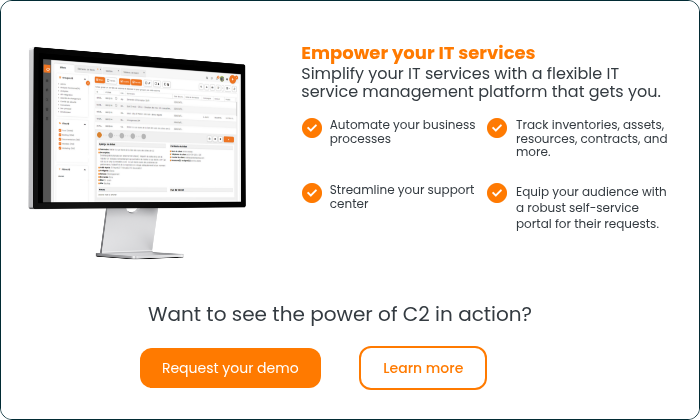The service desk is often the unsung hero in IT, bridging the gap between users and IT departments. It’s the single point of contact where magic happens—problems get solved, systems get fixed, and users walk away with a smile — or at least, that's the goal! But what exactly goes into making an exemplary IT service desk? We covered it in our "Empowering your organization's service desk experience" webinar, and here are the main points to remember from the event.
Understanding the IT service desk
At its core, an IT service desk is a formalized agreement and a vital communication channel between the end user, who requires assistance with a service or product, and a dedicated team of IT experts prepared and equipped to address their needs.
This setup is a support mechanism, but most importantly, it's a strategic component where you design and customize your comprehensive service catalogue. This catalogue is actually a blueprint to manage, organize, and prioritize client requests, making sure that each request is handled in a manner that aligns seamlessly with your overarching business objectives.
The importance of this cannot be overstated, as it forms the backbone of your organization’s operational performance. By providing a dependable and consistent point of contact with IT departments, the service desk ensures that users experience minimal disruption and maximum satisfaction, thereby fostering trust and enhancing the overall productivity and effectiveness of the organization.
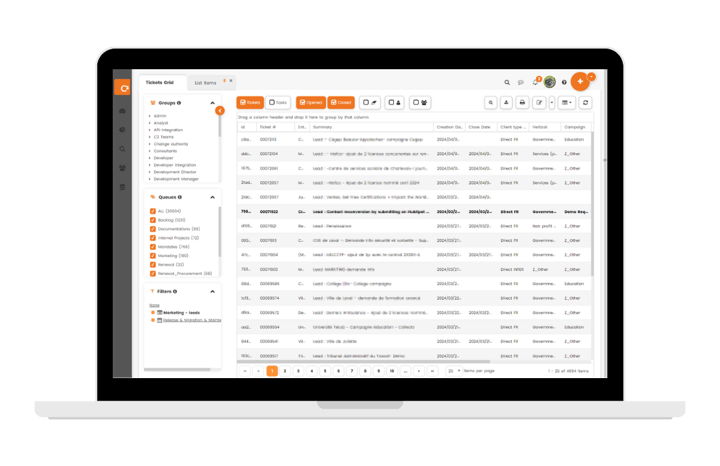
The mission
The goal of an ITSM service desk is simple yet profound: deliver timely solutions to end users, maintain service availability, and improve operational efficiency. And let’s not forget that providing an optimal client experience tops the list, of course.
ITSM as optimization catalyst
Have you ever wondered how ITSM can boost your service desk performance? Well, the secret is in one key idea: optimization. It's not just a catch-all term, though; it's a game-changer for how your IT services work.
By optimizing processes through ITSM, you can revamp workflows and tasks, automate repetitive jobs, and eliminate inefficiencies. This means your service delivery becomes smoother and faster. Optimization isn't a one-size-fits-all solution; it's a custom approach that fits your organization's needs and goals.
By following ITIL guidelines, which offer a solid framework for IT service management, you can set up processes that improve service quality and enhance business performance. These guidelines help you organize your IT services to maximize value, reduce risks, and align perfectly with your business goals. The outcome is a more flexible and efficient IT service desk that can handle changing demands and provide great value to everyone involved.
Continuous improvement is the name of the game in ITSM, or ESM. Tools like SLAs (Service Level Agreements) and dashboards through internal and external reporting play a pivotal role here. They give you a bird’s-eye view of your service performance, allowing you to tweak and improve processes proactively.
Driving customer satisfaction
The essence of an ITSM service desk is reducing response times and streamlining follow-ups through automation and a well-organized service catalogue. Centralizing information in one tool makes everything smoother, allowing for better follow-ups and quicker resolutions.
Proactive alert management
Proactive incident management and automatic alerts can help you have an eye on every service contract, asset, and resource linked to your service desk. Instead of tasking someone to monitor systems, you can automate some alerts to generate support tickets when needed.
Connecting your ITSM with external monitoring systems helps monitor critical metrics like CPU usage and server status, creating automatic alerts for swift intervention whenever an asset goes dark or thresholds are met. Imagine identifying and managing potential problems before they escalate, it surely makes for a happier IT team!
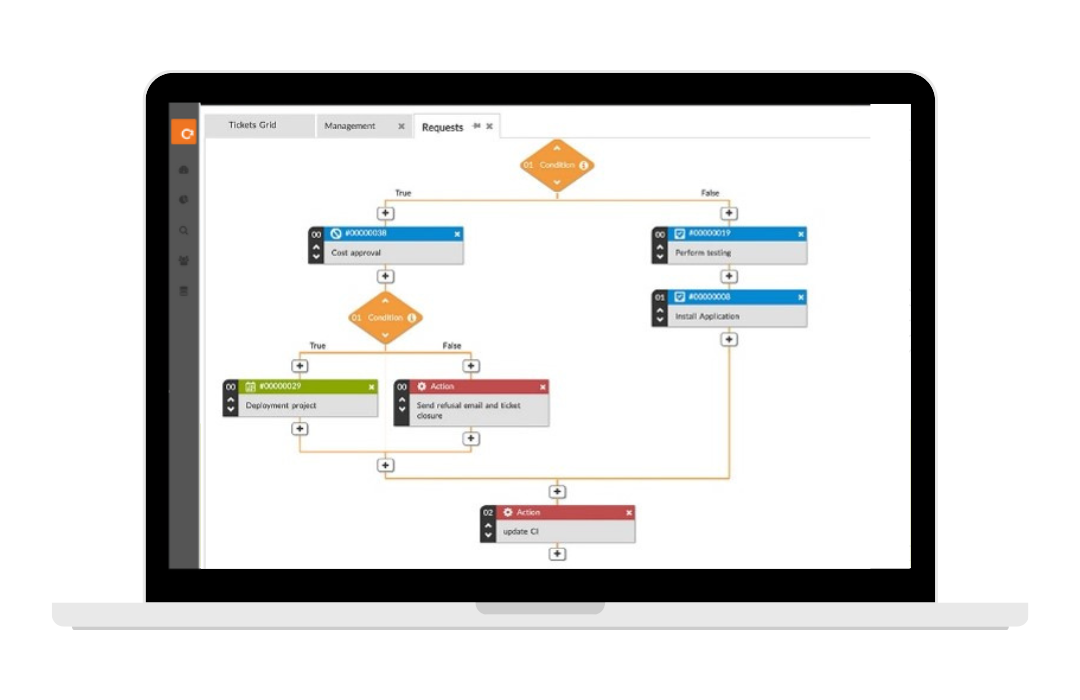
For example, consider a service contract in your asset inventory or CMDB with an expiration date. An automatic process can monitor these dates, triggering a ticket creation when the date approaches and warning a member of your team about an upcoming renewal of a contract. This type of alert can help you save money on automatically renewed contracts without people being aware or help manage client renewals internally. It also helps minimize service interruptions and decreases equipment failure when you apply this concept to other assets—talk about being ahead of the game!
Service Level Agreements (SLAs)
SLAs are commitments outlined in a contract between you and your client, defining the level of services to be provided through the service desk. They can include uptime, response, and resolution time, ensuring both parties have clear expectations. Internal and external clients, from human resources to paying customers, benefit from customized SLAs that address their specific needs.
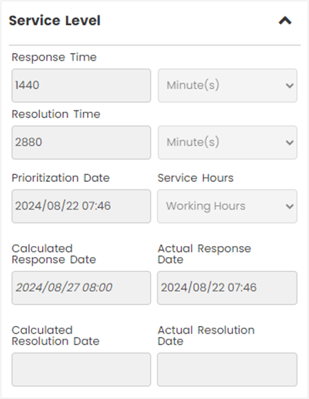
A proper service desk software, or ITSM platform, will include a way to set up, track and report on your different service agreements.
Setting up SLAs
Setting up SLAs involves understanding client requirements, your capabilities, and cost implications. Monitoring and reviewing SLAs regularly ensures they stay relevant and achievable. Clear indicators and metrics help measure performance, allowing for necessary adjustments to increase client satisfaction and operational efficiency.
The self-service portal
A self-service portal is like a comprehensive hub for clients. It lets them get help, check their ticket status, and find useful information. This portal boosts your service desk's reach by letting users solve simple problems independently, which lightens the load for IT staff. Imagine it as the end user's version of your service desk. It gives them access to the same tools your agents use and lets them browse the service catalogue and send in their requests directly. It also includes your whole knowledge base.
Benefits of self-service portals
The key benefits of a self-service portal include:
- Increased efficiency through quick issue resolution
- Reduced workload for IT staff
- 24/7 availability for support
- Enhanced user satisfaction due to convenience
- Consistent information reducing miscommunication
Implementing service desk best practices
Implementing a self-service portal can lead to significant cost reductions by reducing the volume of requests or tickets handled by your agents, improving resource allocation, and enhancing customer satisfaction.
Best practices involve automatically assigning and intelligent prioritizing requests, integrating asset management, and continuously improving the knowledge base.
Streamline ticket management
Effective ticket management is crucial for a well-functioning IT service desk. It begins with prioritizing tickets based on urgency and impact.
By leveraging C2 ITSM features — or another ITSM tool- automated rules can be applied to ensure that the most critical tickets are addressed first, thereby enhancing the service desk's efficiency.
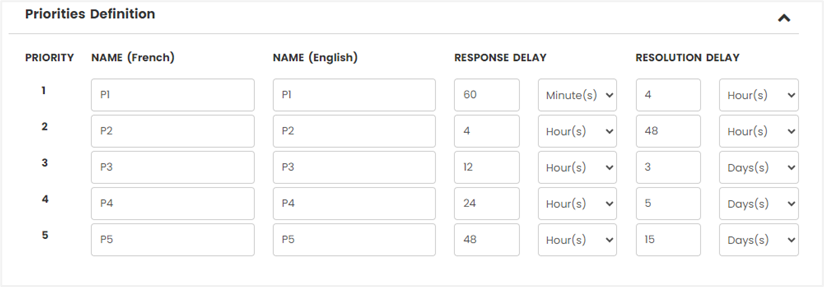
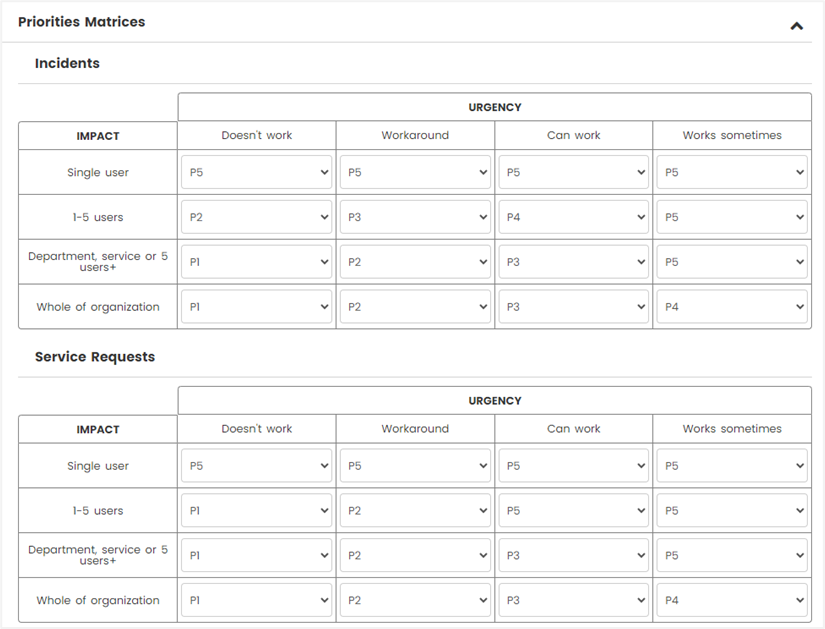
Workflow automation significantly contributes to streamlining tasks to minimize human error and allow agents to concentrate on more complex and valuable issues.
Intelligent request prioritization further refines this approach by sorting tickets according to their urgency and impact, optimizing agent productivity through automated rules.
Additionally, integrating asset management into the ticketing process provides agents with comprehensive visibility into the infrastructure, enabling them to monitor resources related to requests and deliver swift resolutions. This approach improves response times and ensures that the service desk operates with maximum efficiency and effectiveness.
We touched on it earlier: encouraging users to use a self-service portal is a smart and friendly way to reduce support tickets. This makes solving issues quicker and helps the service desk respond more efficiently. By letting users tackle their own concerns, the service desk can concentrate on trickier problems, boosting the overall quality of service and making everyone happier!
Establishing key performance indicators (KPIs) is crucial for measuring the effectiveness of your IT service desk. These indicators should include metrics such as the average resolution time, the user satisfaction rate, and the number of tickets resolved on the first attempt. By setting these KPIs, you create a benchmark for evaluating the performance and efficiency of your service desk operations.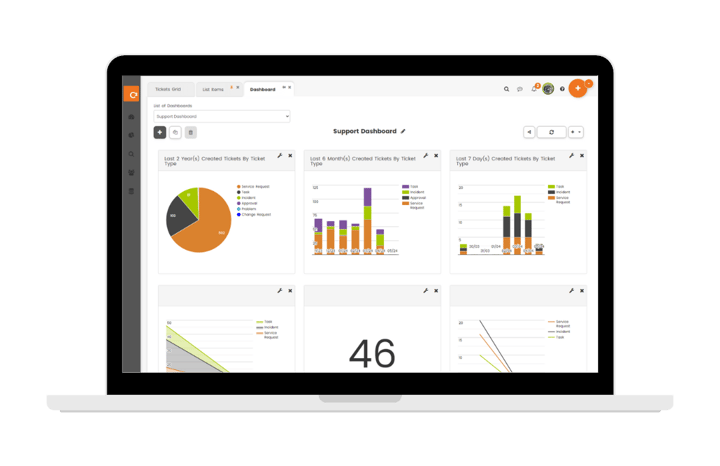
Interpreting data for ongoing enhancements is equally important. By thoroughly analyzing the data collected from these KPIs, you can pinpoint specific areas that require improvement. This analysis allows you to implement targeted corrective actions, ensuring that your service desk portal remains effective and relevant. By keeping an eye on things and tweaking based on KPI data, you can not only boost service quality but also make sure your service desk keeps up with your organization's changing needs.
One key element to a successful IT service desk is continuous training for your agents. By providing ongoing education on the latest best practices, process updates, and techniques for resolving incidents, you can significantly enhance your team's skills. This improves the agents' ability to manage tickets effectively and boosts their confidence in handling various challenges. By knowing the ins and outs of the platform they use, they can also leverage it to its full potential.
Empowering your team is equally important. By granting them the autonomy to make decisions during problem-solving, you foster an environment of collaboration and innovation. This empowerment encourages team members to think creatively and work together, leading to higher service quality and increased customer satisfaction. When your team feels trusted and capable, they are more likely to deliver exceptional service, making your service desk a true asset to your organization.
By focusing on these best practices, you can optimize your service desk to provide faster, more efficient support and improve overall user satisfaction.
The service desk is a crucial part of IT operations and is an essential link between users and IT departments. We've delved into the essential roles of an IT service desk, its mission to provide timely solutions and ways to optimize through ITSM. Continuous improvement, proactive management, and setting up self-service portals are key to keeping customers happy and operations running smoothly.












